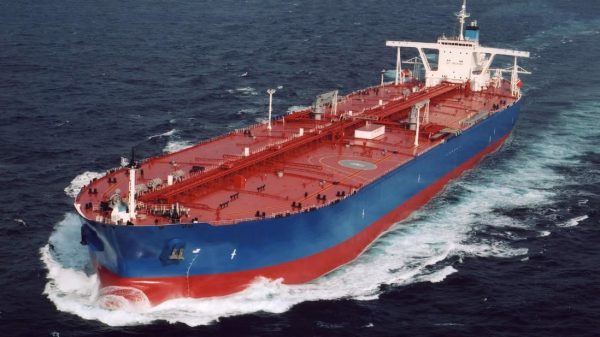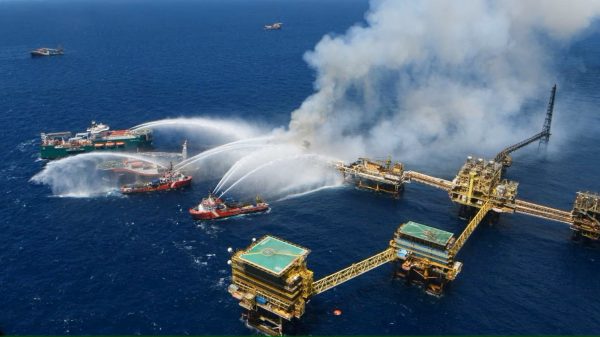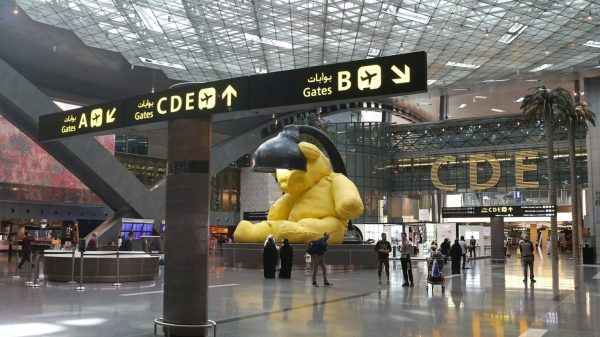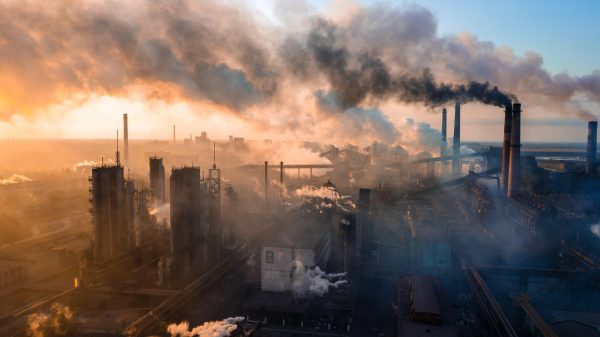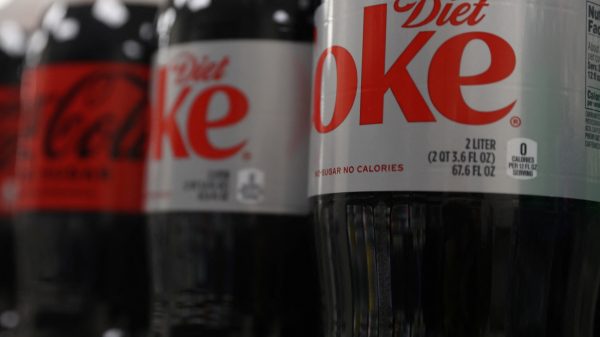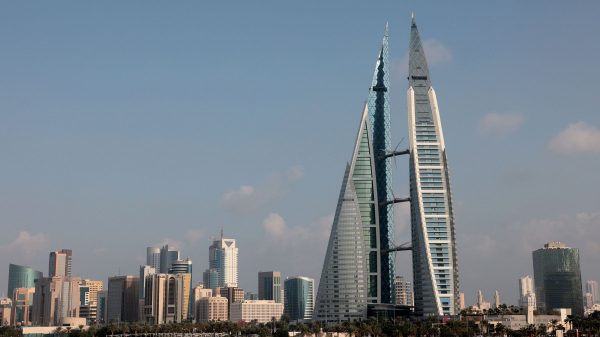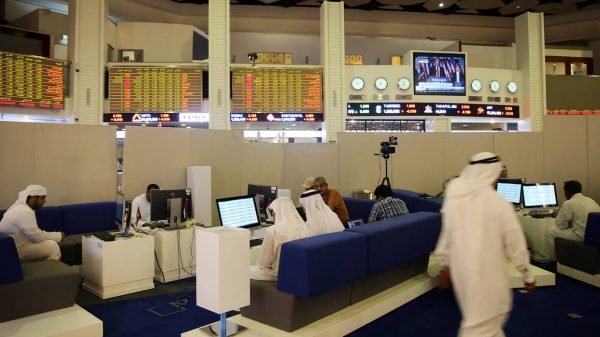Dumping literal tons of hot volcanic material down a lab flume may finally have revealed how searing mixtures of hot gas and rock travel so far from volcanic eruptions.
These pyroclastic flows can travel tens to hundreds of kilometers over rough terrain and even uphill (SN: 7/7/18, p. 32). Despite being made of gritty volcanic rock, “they seem to have as much friction with the ground as if they were made of water,” says Alain Burgisser, a geologist at the University Savoie Mont Blanc in France not involved in the new study. The driving force behind these flows “has always been a mystery.”
Now, lab experiments and computer simulations suggest that inside pyroclastic flows, a dense layer of volcanic material glides across the ground atop a low-friction layer made largely of air. These findings, reported online April 8 in Nature Geoscience, may help create more accurate forecasts of the speed and spread of these flows.
Gert Lube, a volcanologist at Massey University in Palmerston North, New Zealand, and colleagues created mini pyroclastic flows in the lab by piling volcanic material into a giant hopper and heating the rock up to 130° Celsius. After using an elevator-like device to hoist the hopper into the air, the researchers dumped the hot volcanic material down a 12-meter shoot and tracked the flow with high-speed video.
|
VOLCANIC AVALANCHE To study how currents of rock and gas travel so far from volcanic eruption sites, researchers dumped hot volcanic material down a flume in the lab and tracked its flow with high-speed cameras. |
G. Lube et al/Nature Geoscience 2019
Lubes team discovered that a dilute layer emerged at the bottom of the flow, topped with a layer of much more densely packed volcanic matter. This sparse underlying layer develops because, near the bottom of the flow, material right next to the ground moves much more slowly than the material slightly above.
This difference in flow rate creates a region of very low air pressure close to the ground, so gaRead More – Source
[contf]
[contfnew]

science news
[contfnewc]
[contfnewc]













